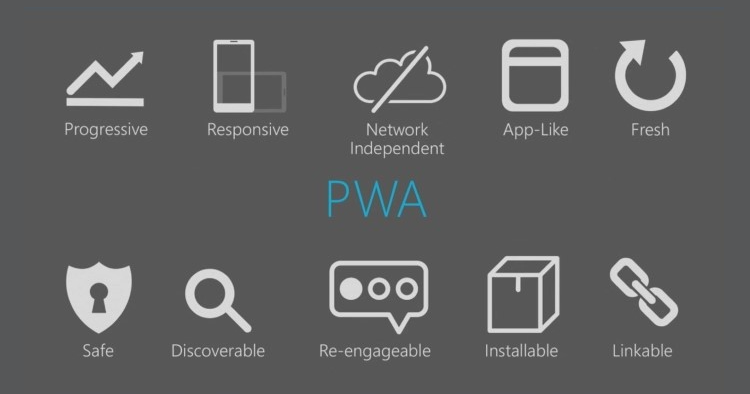

Web development has advanced remarkably over the years allowing developers to deploy a website or web application and serve millions of people around the globe within minutes. PWA or Progressive Web Apps is a natural progression of this evolution, taking user experience for Internet users a notch higher.
In 2015, Alex Russell, a Google engineer, and Frances Berriman coined the term Progressive Web Apps. So, are you wondering what is PWA?
So, what exactly is A Progressive Web App?
A progressive web app is a website that looks and behaves as if it is a mobile app that are highly optimized, reliable, and accessible completely on the web.
PWAs are built with web technology. With a PWA, an app built once can reach all your target devices with the same codebase.

The flow of a typical progressive web app goes as below :
It gives us the best of the web and the best of apps combined.
It often comes down to the following qualities:
Popular Companies Using Progressive Web App –
Several popular companies have upgraded their websites into progressive web apps.
Progressive Web App Examples:
Also read: Personalization Buzzwords Explained
How to Create Progressive Web App?
To create a Progressive Web App, developers created a concept called service worker. This fetches information without affecting the main code that is the website.
It allows the PWA to fetch and store information on your device. Which means, the website behaves similar to an app on your device. After the first visit, it doesn’t need to stay connected to the Internet for the website to be present on the device because it has been stored on your device.
Developing a PWA rather than a native app, or alongside an existing native app, is absolutely worth the effort. It means we can save more time and more money.
One another very important feature PWA have common with native apps are push notifications. It is easy to notify users once you publish new content or add new products to your stack.
PWAs will not however completely replace native applications or the mobile web. Depending on your digital strategy and your mobile presence, they will instead boost them or be a sensible alternative in terms of user experience.
Have questions regarding Progressive Web Apps, Progressive Web Apps Framework? Reach out to us and we will be happy to help!